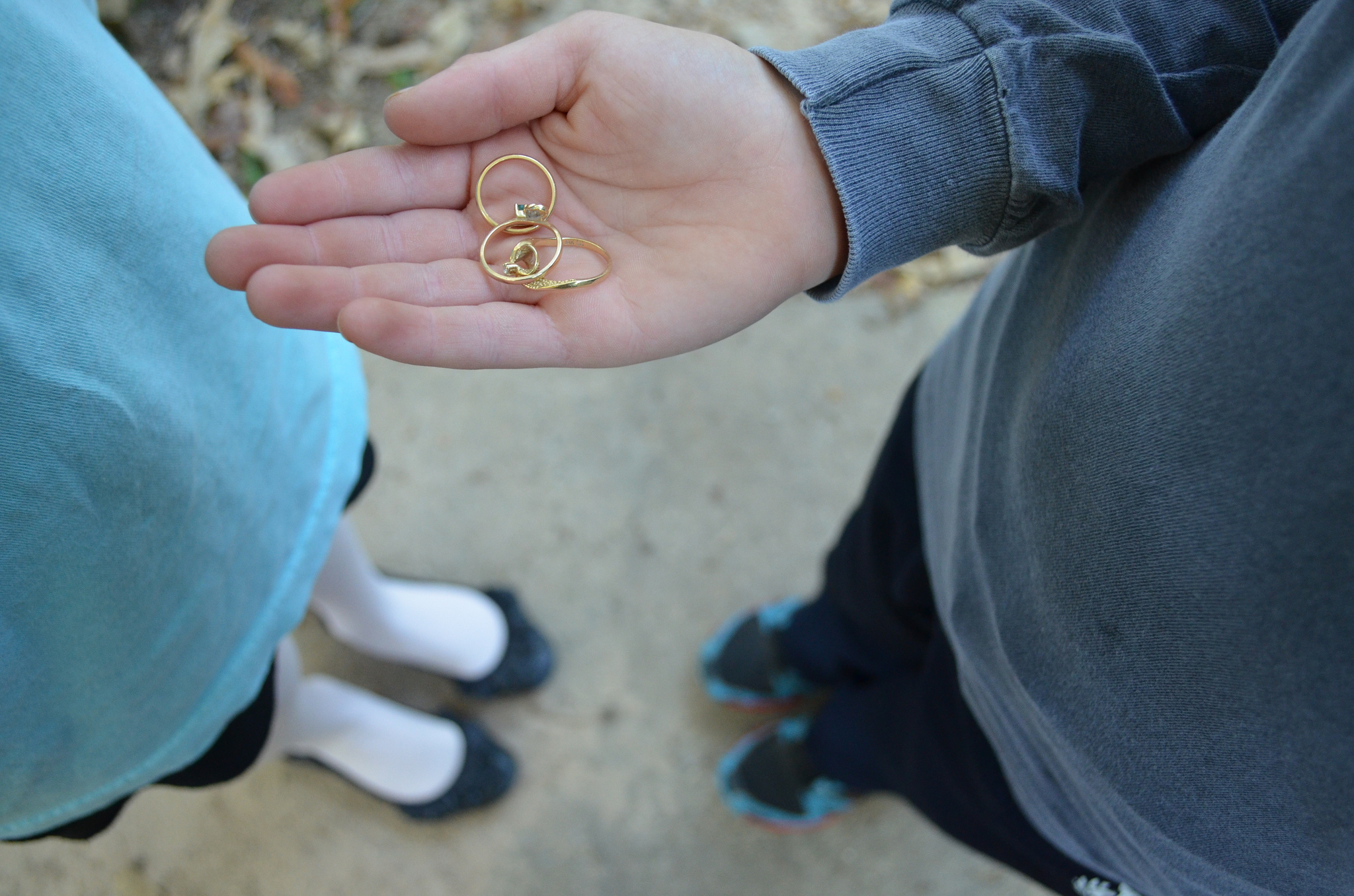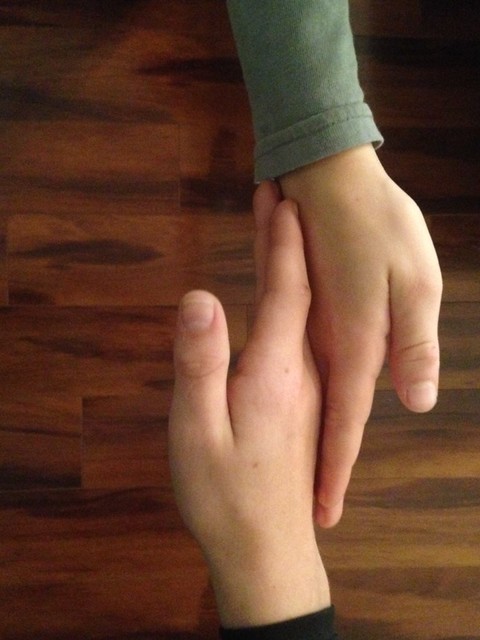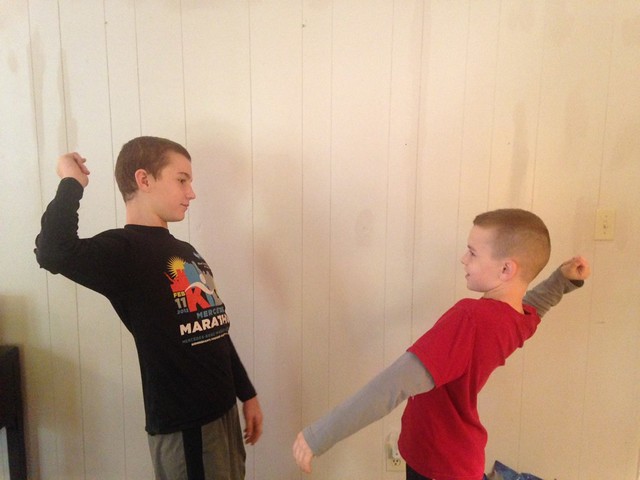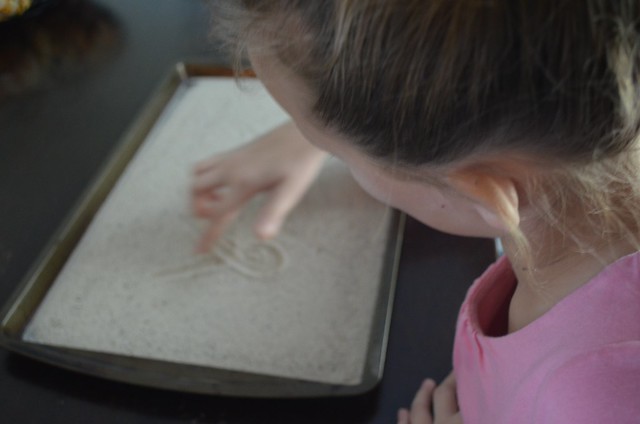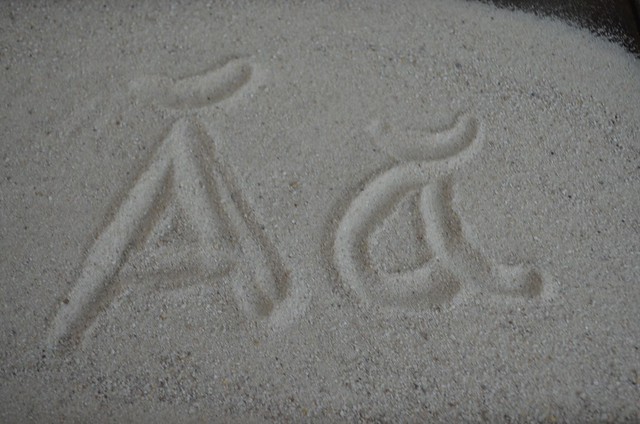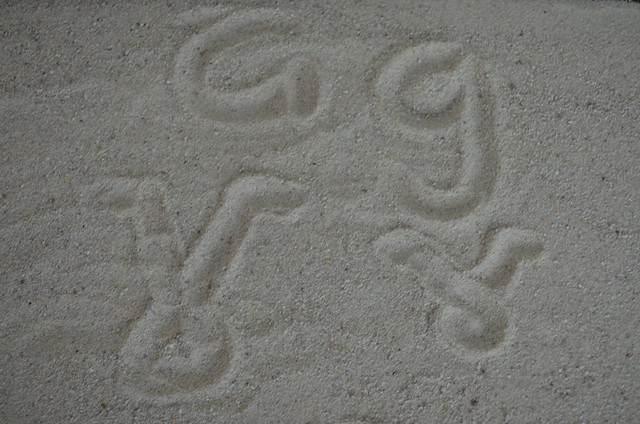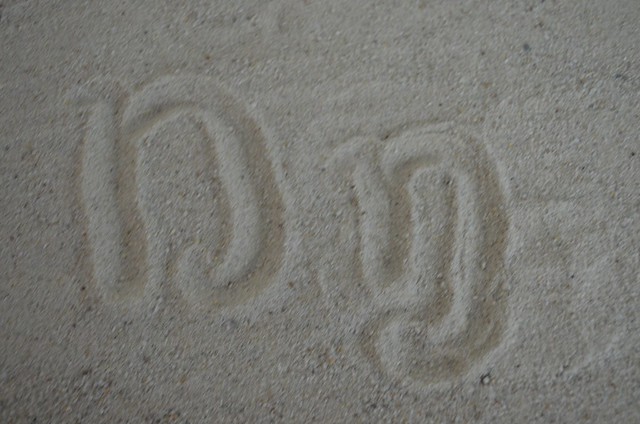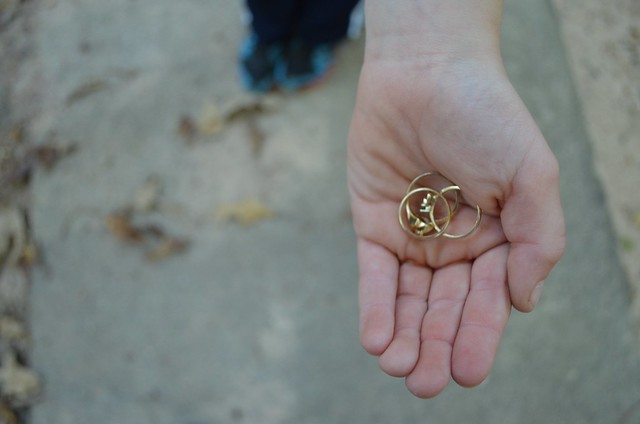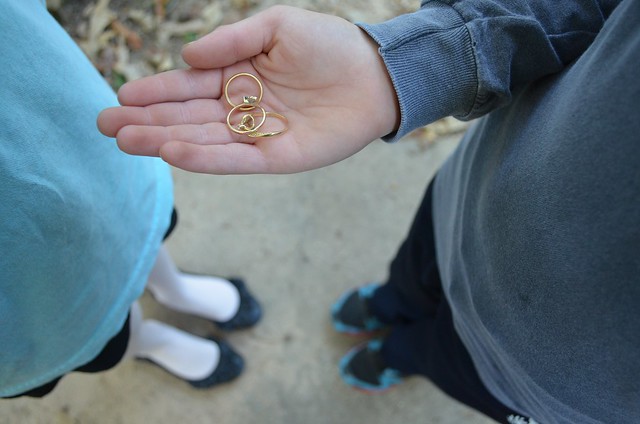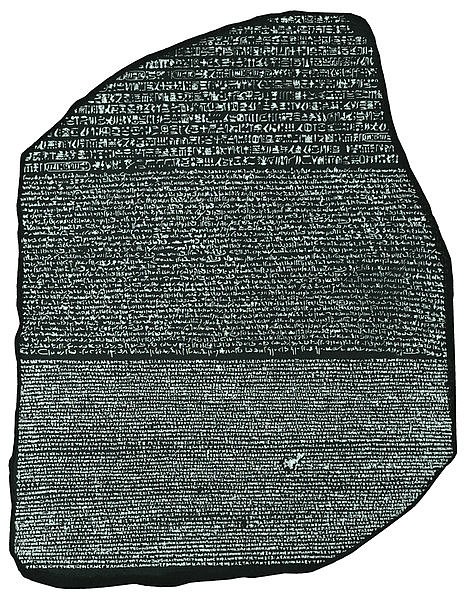The Tuareg People of the Sahara
- Tuareg men do not shake hands. Instead they greet each other by brushing their right palms against each other and then each man quickly snaps his finger. Try this greeting. Compare this to how people greet each other where you live.
- Fill an edged cookie sheet or a large, shallow baking dish with sand. Mothers teach their Tuareg children how to read and write by writing in the sand. Try writing your name or some letters of the alphabet in the sand. How about the Tuareg alphabet? Check out these photos “Live It! A Slice of Life in North Africa Talk about what it would be like to learn to read and write this way. Compare this to how we learn to read and write. Note that they write in sand because this resource is available to them in vast quantities!
- Because of their Islamic faith, adult Tuareg men cover their head and faces with a characteristic blue veil. Want to learn how to tie a Tuareg tagelmust!
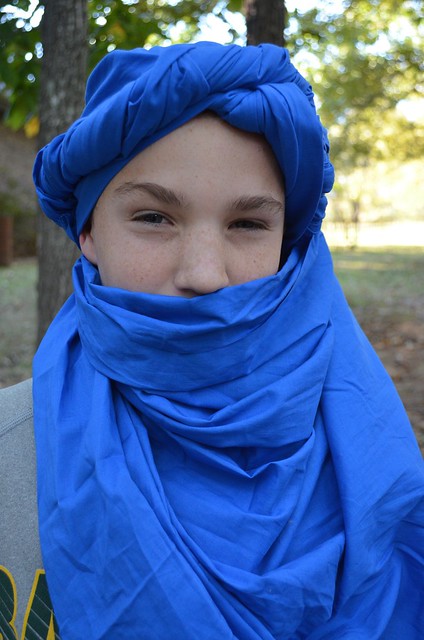 Sweating in the heat of the Sahara, the blue dye of the fabric often stains the skin of these men leaving a blue residue. Therefore, Tuareg men are often referred to as the “Blue Men of the Sahara.” Have some blue dye on hand? Use a cotton swab to rub some dye on the back of your hand.
Sweating in the heat of the Sahara, the blue dye of the fabric often stains the skin of these men leaving a blue residue. Therefore, Tuareg men are often referred to as the “Blue Men of the Sahara.” Have some blue dye on hand? Use a cotton swab to rub some dye on the back of your hand.The Egyptians
- An ancient form of money was the use of rings made from different metals. A gold ring was a symbol of wealth, so a groom would give his bride a gold ring as a symbol of giving his wealth to her in marriage. Have a gold ring? You might consider acting this out!
- Rosetta Stone: The Rosetta Stone was a large, black stone found in Rosetta, Egypt during the time of the French Revolution and the associated Napoleonic Wars. One of Napoleon’s soldiers found the stone while they were trapped in Egypt by the English army. The stone contained three different scripts because there were three languages being used in Egypt at the time the stone was written. The first script was hieroglyphs which was the script used for religious documents. The second was Coptic Egyptian, which was the common script of Egypt. The third was Greek, which was the language of the rulers of Egypt at that time. The Rosetta Stone was written in all three scripts so that the priests, government officials and rulers of Egypt could all read what it said. Because both Greek and Egyptian hieroglyphs were on the stone, this facilitated the process of translation of the hieroglyphics. This was a breakthrough for unlocking the hieroglyphic language!
Berber Women:
Another group of people indigenous to Northern Africa is the Berbers. Today, most Berber-speaking people live in Morocco, Algeria, Libya and Tunisia. Because they live in rural mountain regions, Berber women have more freedom that women who might live in urban areas. Once way this is expressed is that they do not have to wear a veil. In addition, Berber women are known for their colorful jewelry and heavy makeup.
For pictures of Berber women as well as additional pictures of the Tuareg and Egyptian people of North Africa, visit: Live It! A Slice of Life In Africa
Remember, people who look different are not “strange” but very unique and infinitely special to God who made them. Even though they do not dress just like you and me, God has met their needs by providing clothes to protect them from exposure to the different kinds of weather and elements. Throughout history, God has given people the wisdom and creativity to use the fabrics and materials that are available to them to make clothing for themselves. This has allowed very unique garments, headdresses and adornments to be created people throughout Africa and around the world.

